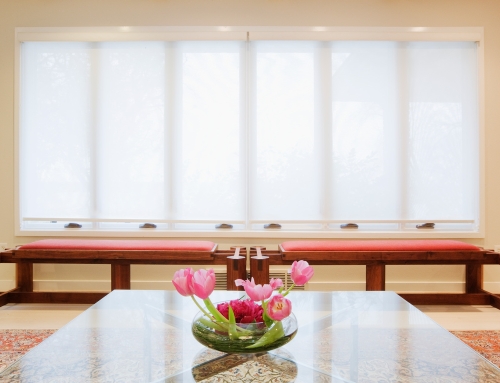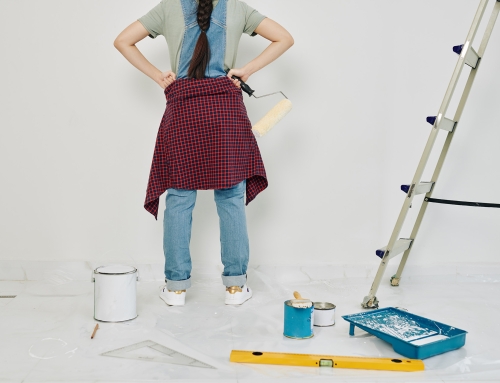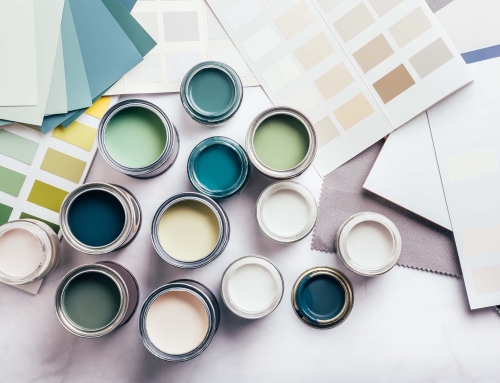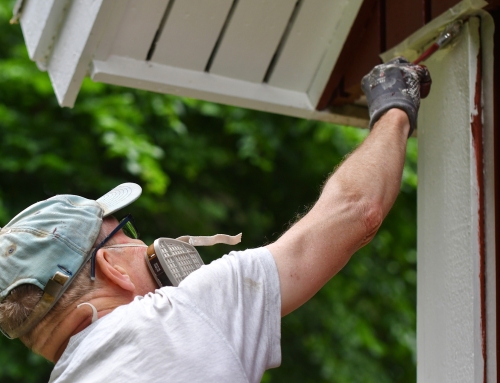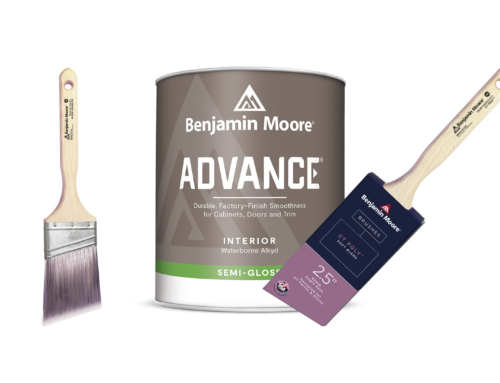Does Your Ceiling Need A Fresh Coat Of Paint?
Have you taken a closer look at your ceiling lately? Do you even remember when you painted your ceilings last? Does it look dingy and possibly stained? If that’s the case, it is probably time to give your ceiling a fresh coat of paint. Depending on how high the ceilings in your home are, painting a ceiling can be tricky. There are a few things you should know before getting started with your ceiling painting project.
What You Need To Do When Painting Your Ceiling
Always paint your ceiling before painting your walls. Experts recommend getting a 2½-inch angle sash brush, painters tape, a nine-inch roller, sleeve and pan, an extension pole, a step ladder and Benjamin Moore Waterborne Ceiling Paint. If you need help getting the right tools, ask the experts at Helm Paint and Decorating. Before getting started, empty your room as much as possible and don’t forget to cover everything that is left with drop cloths. Also, remove as many fixtures in your room as you can.
When painting your ceiling, start with the edges first. Use painters tape to protect your wall if you are not planning on painting your walls. Switch from brush to roller to start painting the rest of the ceiling. Start from the corner of the ceiling and start rolling nearest to a window, so that you can see the light from the window reflecting the wet paint. Then, work your way across the room, rolling slowly when you’re near the wall to help avoid hitting it.
Try to get the first coat of paint on your ceiling done in one session. Once it has dried, determine if you need a second coat.
For more information, visit: https://www.benjaminmoore.com/en-us/interior-exterior-paints-stains/how-to-advice/interiors/paint-ceiling
Color-Changing Ceiling Paint
Color-Changing Ceiling Paint is applied as a light pink color to indicate painted areas for preventing missed spots. It dries to a uniform, white finish in a flat sheen that helps minimize the appearance of surface imperfections. Learn more – HERE.
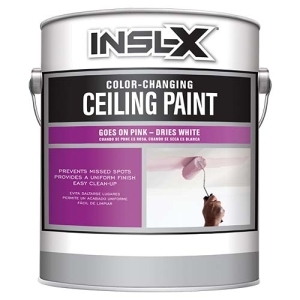
Disappearing pink color-change technology
Uniform, flat finish
Self-priming
For smooth or textured coatings
Spatter-resistant
Helm Paint & Decorating, locally owned and operated, has been in business since 1970 and is an independent dealer of Benjamin Moore Paints and Finishes. Our trained specialists are available to assist you in selecting paint and supplies for your business. We also offer interior design service along with window treatments and wall coverings. We have locations across New Orleans, Metairie, Mandeville, Hammond and Gretna, for your convenience, to serve you.




